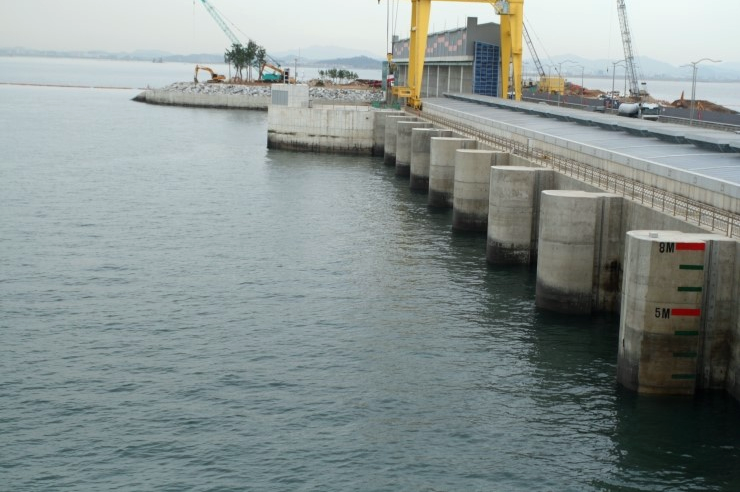By Doug Johnson
To pull power from the waves, you need a high tidal range or strong currents. Sea level rise threatens to mess with both.
Hidden in the ebb and flow of the tides is a wealth of energy. Primarily generated by the gravitational pull of the moon, tidal power is more predictable than wind, and it works well alongside solar power, generating electricity at night when the sun is down but when people fire up their computers, televisions, and other appliances. Globally, tidal power could potentially produce between 150 and 800 terawatt hours of renewable energy per year—at the upper end, that’s more than Canada’s energy production from wind, water, nuclear, fossil fuels, and other sources combined in 2019.
For tidal power generation, location is everything. To produce energy, tidal generators need fast currents or a sizable swing in sea level between high tide and low tide. The Bay of Fundy in Atlantic Canada, for instance, is an ideal candidate. Rising and falling by 12 meters, the bay has one of the largest tidal ranges in the world.
But a site’s currents and tidal range, and its potential for tidal power generation, is a complex consequence of myriad factors, including the basin’s width, length, and shape, the inflow from rivers, and the height of the sea. It’s this last variable—sea level—that threatens to throw a wrench in the world’s tidal power plans.
In a recent paper, scientists including Danial Khojasteh, a hydrodynamics expert at the University of New South Wales in Australia, show how sea level rise could upend the viability of tidal energy in sites around the world, turning presently prime spots into duds.
Read more at hakaimagazine.com.

